Dickens unveils his Swiss side
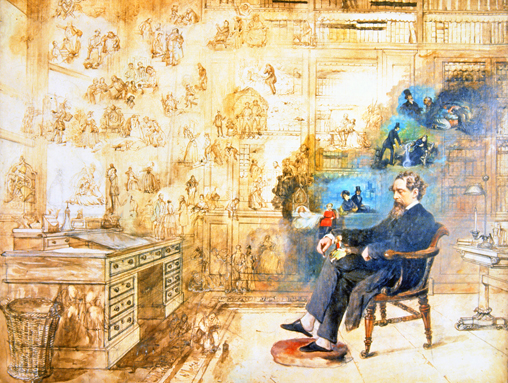
For many in the English-speaking world, Christmas wouldn’t be Christmas without some Charles Dickens – and now he has made his way over to Zurich.
The Mysteries of Charles Dickens exhibition has just opened at the city’s Strauhof Museum, paying homage to the life and works of this extraordinary writer and social campaigner, and revealing some Swiss connections.
“Bah! Humbug!” says the miserly Scrooge in Dickens’ A Christmas Carol, before he is transformed by the visit of three spirits into knowing “how to keep Christmas well, if any man alive possessed the knowledge”.
With A Christmas Carol – published in 1843 and surely one of the author’s most famous and popular works as numerous television and film adaptations attest – Dickens established a tradition of Christmas tales that he would continue to his death.
“In the course of time, his Christmas writing became really an integral part of Christmas in English-speaking countries so everyone waited for his latest Christmas tale,” Thomas Schlachter, the exhibition’s curator, told swissinfo.ch.
The author had fond memories of the Christmas celebrations of his early childhood, with the season marked by feasting, dancing, singing and theatre in his household. He tried to pass this spirit on to his readers.
“So it’s not so much a Christmas of religious piety which is celebrated in his books, it’s more the spirit of compassion, of giving and of joyfulness,” said Schlachter.
Dickens’ universe
But Christmas is just one aspect of the Dickens exhibition in Zurich.
The Strauhof Museum specialises in German-speaking writers, but around once a year holds a display devoted to an author of international renown – and with the bicentenary of Dickens’ birth coming up in 2012, it seemed an ideal time to showcase the writer and his world.
“In England, he has become maybe the biggest writer after Shakespeare. He hasn’t that status, unfortunately and unjustly, I think, in German-speaking countries, so his whole universe of works is only known as individual planets like Oliver Twist or A Christmas Carol or maybe David Copperfield,” the curator said.
“There’s not much knowledge of his masterpieces of the 1850s-1860s like Bleak House, Little Dorrit and Our Mutual Friend, those huge social panoramas and critiques of Victorian society.”
The exhibition follows Dickens’ extraordinary biography: he rose from humble beginnings to write 15 novels, five major Christmas stories and two major travel books along with many letters and articles. He was a superstar in his day.
But it also seeks to show certain aspects of his life, such as his love of theatre, which is then related to his literature.
Major loans at the exhibition, which runs until March 14, 2012, are from the Dickens and the Victoria and Albert museums in London. Clips of films and television adaptations are interspersed among the items, which include books, pictures and letters.
“Stupendously beautiful”
Also revealed is how Dickens spent five months in Lausanne at the Villa Rosemont in 1846, hoping to have some peace and quiet to write the first instalments of his novel Dombey and Son and to draft the next Christmas book.
“All well here,” Dickens writes in a letter quoted at the exhibition. “Country stupendously beautiful. Mountains covered with snow. Rich crisp weather.”
But, after a while – and this was typical for Dickens – his restlessness caught up with him and he moved on to Paris.
“But he did start the first four parts of the novel in Lausanne and, I think, being slightly patriotic here, Switzerland really contributed in a way because the first parts of the novel are really the best ones,” said Schlachter.
“It starts immensely powerfully and it loses some of that in the later parts which he wrote in Paris.”
In addition, Dickens started to construct his novel, which he had not done to such an extent in his earlier books, where he relied more on improvisation. This, Schlachter says, laid the foundations for his later masterpieces.
“Swiss” chalet
Back in Britain, Dickens even had a “Swiss chalet”. “It certainly looks Swisser than Swiss. It was given to him by a French actor who sent it from Paris and it was set up in Dickens’ last home, Gad’s Hill Place, in 1865, so the last two novels were written there,” explained Schlachter.
It still exists, although it is in a sad state of disrepair and a fundraising appeal has been set up by the Rochester and Chatham Branch of the Dickens Fellowship.
The Zurich exhibition counts as one of the international events in the official Dickens bicentenary of next year.
Schlachter says that first and foremost Dickens’ legacy is a literary one. “He is one of the giants for different reasons: his characterisation and his art of writing dialogue is inimitable, as he was called by his contemporaries.”
“But there are also his social concerns, his protest against the social evils of his time which are still very valid today.”
The Mysteries of Charles Dickens is taking place at the Museum Strauhof, Zurich and runs until March 4, 2012.
The exhibition traces Dickens’s biography and, with numerous film and audio clips, shows his style and rich life.
Key exhibition texts are also available in English.
Dickens recommendations:
Bleak House
Great Expectations
Martin Chuzzlewit
A Christmas Carol (a masterpiece of construction, says Schlachter)
Nicholas Nickleby (Dickens’ most theatrical novel and an early example of his improvised style, according to the curator)

In compliance with the JTI standards
More: SWI swissinfo.ch certified by the Journalism Trust Initiative

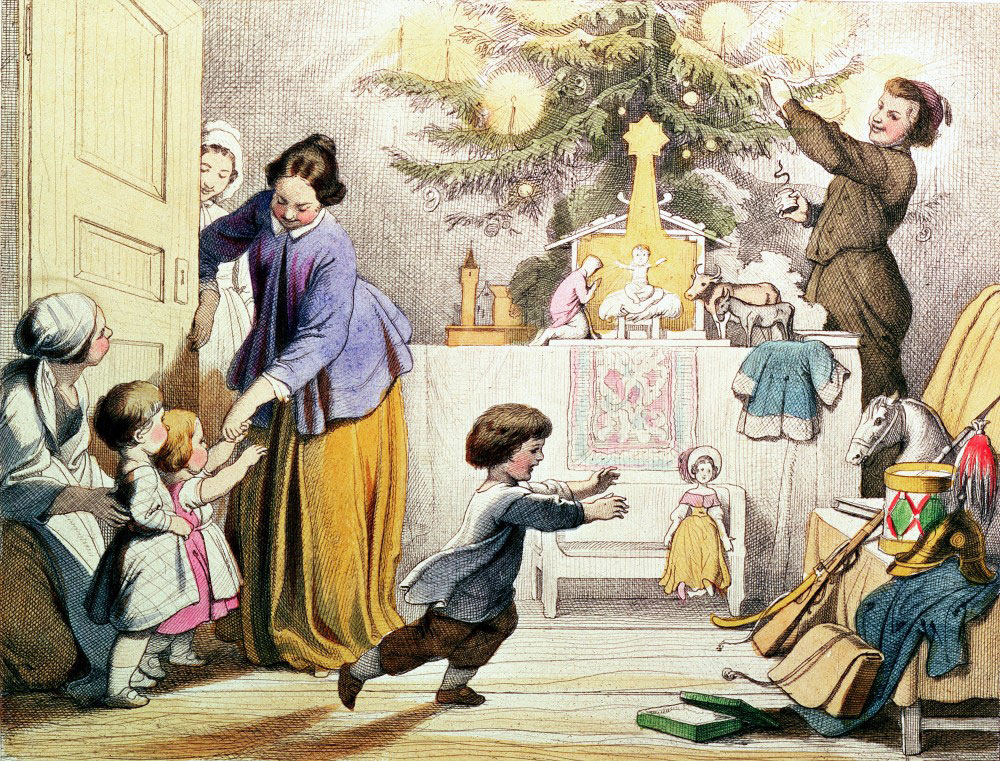
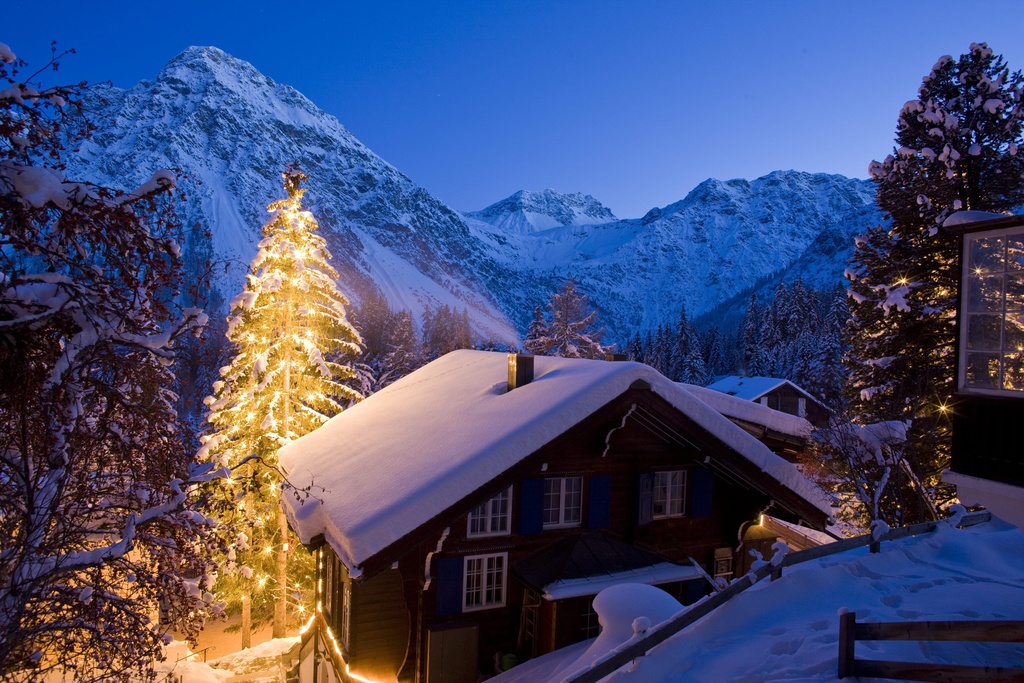

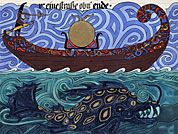
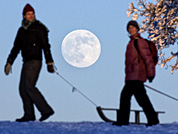
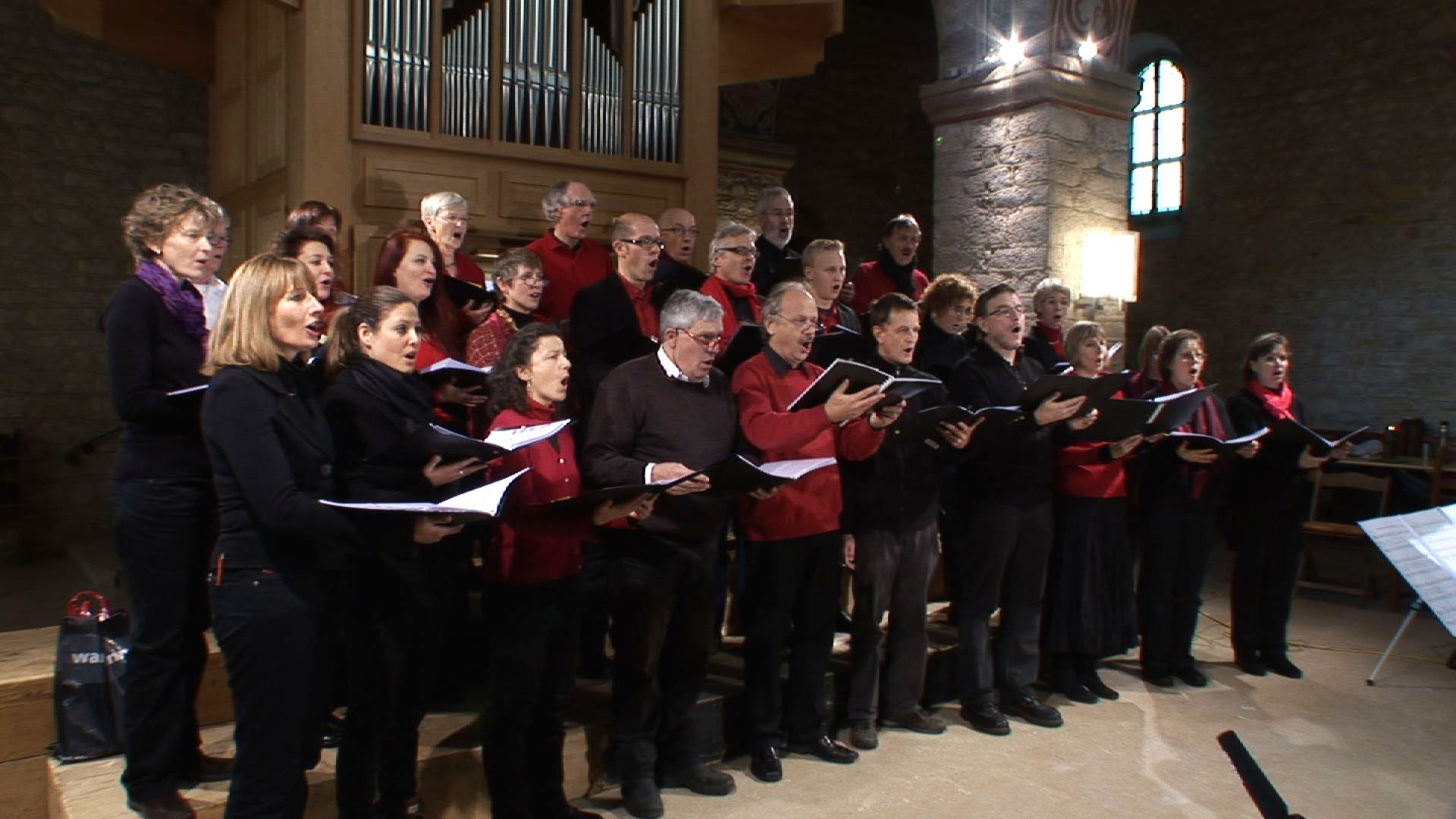
You can find an overview of ongoing debates with our journalists here. Please join us!
If you want to start a conversation about a topic raised in this article or want to report factual errors, email us at english@swissinfo.ch.